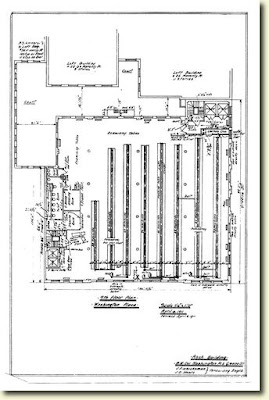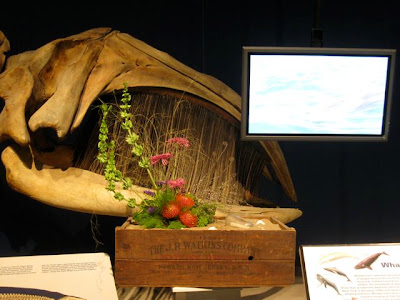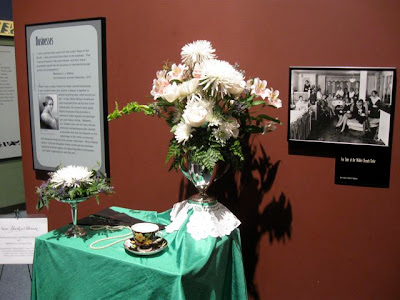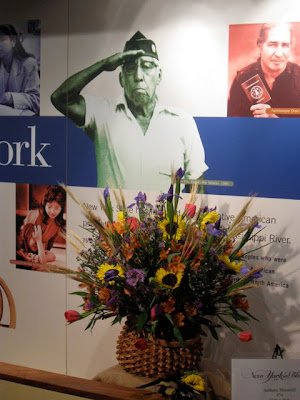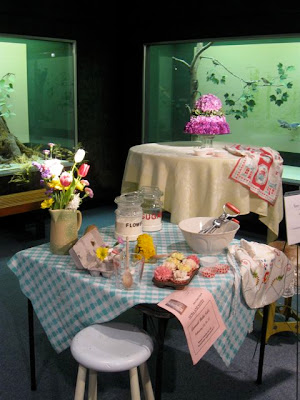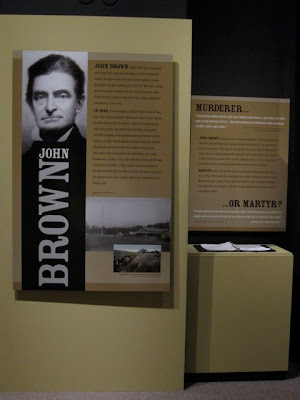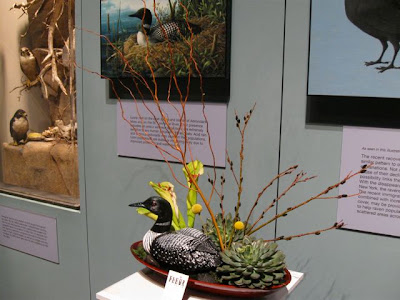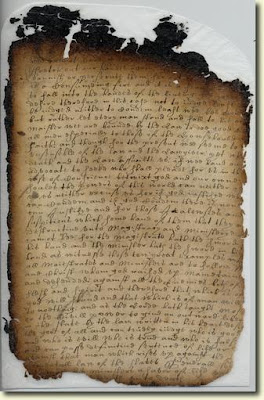 First page of the Flushing Remonstrance, a petition from the freeholders of Flushing and Jamaica, Long Island, to New Netherland Governor Peter Stuyvesant protesting his ban on Quaker religious meetings, 1657. This document, which is particularly noteworthy because it was written by non-Quakers and is widely regarded as a precursor of the United States Constitution's guarantee of religious freedom, was badly damaged by the 25 March 1911 New York State Capitol fire. Dutch Colonial Council Minutes, 1638-1665, series A1809-78, New York State Archives, Albany, N.Y. Zoomable version available here.
First page of the Flushing Remonstrance, a petition from the freeholders of Flushing and Jamaica, Long Island, to New Netherland Governor Peter Stuyvesant protesting his ban on Quaker religious meetings, 1657. This document, which is particularly noteworthy because it was written by non-Quakers and is widely regarded as a precursor of the United States Constitution's guarantee of religious freedom, was badly damaged by the 25 March 1911 New York State Capitol fire. Dutch Colonial Council Minutes, 1638-1665, series A1809-78, New York State Archives, Albany, N.Y. Zoomable version available here.One hundred years ago today, fire swept through the west side of the New York State Capitol, which then housed the collections of the State Library and the State Museum; the State Archives, which eventually took custody of the State Library's collection of state government records, had yet to be created. The fire claimed the life of night watchman Samuel Abbot and consumed 450,000 books, 270,000 manuscripts, 1,000,000 catalog cards, all of the State Library's other administrative records, and almost all of the State Museum's mammoth collection of Iroquois artifacts.
The 1911 fire remains one of the worst library fires in American history, and my colleagues and I deal with its aftereffects on a daily basis. Owing to the manner in which the records were stored, records from the British colonial and Revolutionary War eras were particularly hard-hit. Although some of these records had been transcribed and published prior to the fire, others were lost forever. Every archivist who staffs the State Archives references desk has had to tell researchers who found citations to colonial and Revolutionary War records in old books that the records in question were destroyed on 29 March 1911. Our State Library cohorts are accustomed to conveying the same sad news to researchers looking for certain manuscript collections and rare books.
Earlier today, my State Library colleagues Paul Mercer and Vicki Weiss, who have written a book about the 1911 fire and its aftermath, gave a lunchtime talk that focused on Albany's built environment at the time of the fire, the holdings of and physical space (oh, what a gorgeous space it was!) occupied by the State Library, and the utter devastation wrought by the 1911 fire.
The talk also highlighted the heroic salvage efforts undertaken by State Library staffers, some of whom risked their lives to save books and historical records, and for the rest of the day I kept thinking about the things that they did and said. For example, I knew that State Archivist A.J.F. Van Laer had been instrumental in rescuing the badly burned Dutch records, which he was in the midst of translating. However, I had no idea that he began salvaging records while the firefighters were still putting out the last of the flames, that he spent all day working in dripping wet clothes, or that he walked home, still soaked from head to toe, in freezing temperatures. I had never heard of Joseph Gavit, the librarian whose position as head of the stacks endowed him with intimate knowledge of the library's layout and holdings and who rescued the State Library's folio prints of John James Audubon's Birds of America -- deeply "human things" that, in his estimation, particularly warranted saving -- as bricks rained down around him. I understood instantly why Van Laer and Gavit unhesitatingly took such risks.
As Vicki and Paul pointed out, the recovery effort is ongoing. Van Laer, Gavit, Harland Hoyt Horner -- who rushed into the burning State Capitol to rescue the state's constitutions, a draft copy of the Emancipation Proclamation in Abraham Lincoln's own hand, George Washington's farewell address, and other treasures -- and the many nameless men and women who appear in photographs of the 1911 salvage operation began the work that my contemporaries are doing today. As you can see in this new online exhibit, my State Archives colleagues Susan Bove and Michael Grant are still conserving records that were burned in the 1911 fire. Our State Library colleagues are also conserving manuscripts and books and seeking to replace items that were lost in the flames a century ago. When my contemporaries and I are gone, future generations of archivists, librarians, and conservators will (I hope) carry on the work that Horner, Van Laer, Gavit, and their contemporaries began. The State Library and the State Archives both hold boxes of ashes and charred scraps that our predecessors found in areas known to house valuable materials and carefully preserved in the hope that technology would someday facilitate their reconstruction. We've discovered that scanning these scraps sometimes recovers text that cannot be read with the naked eye, and technology may well enable our successors to reconstitute the materials that our forebears saved.
If you live in New York's Capital District, WMHT will air an hour-long documentary about the State Capitol fire and its aftermath this Thursday, 31 March 2011, at 9:00PM -- immediately after the 8:00PM American Experience documentary about the Triangle Shirtwaist Factory fire, which took place four days before the State Capitol conflagration. Given that these two fires spurred New York State and the nation to modernize fire safety and building codes, it's entirely fitting that these documentaries are being aired back-to-back.
